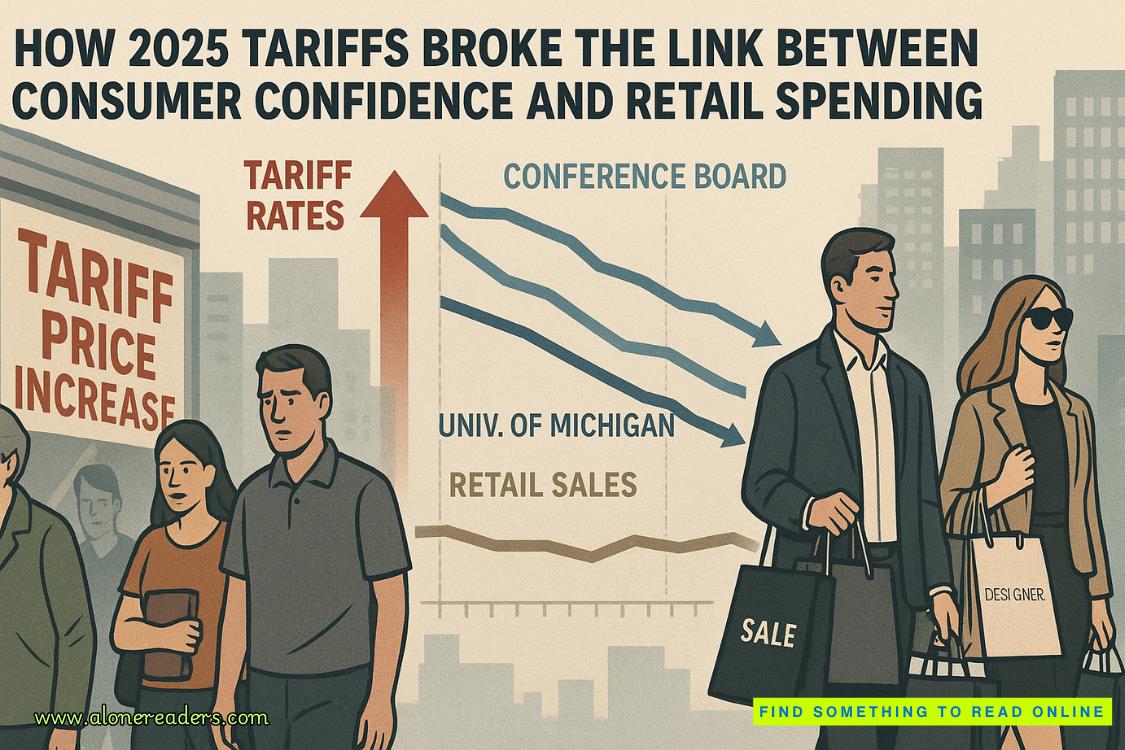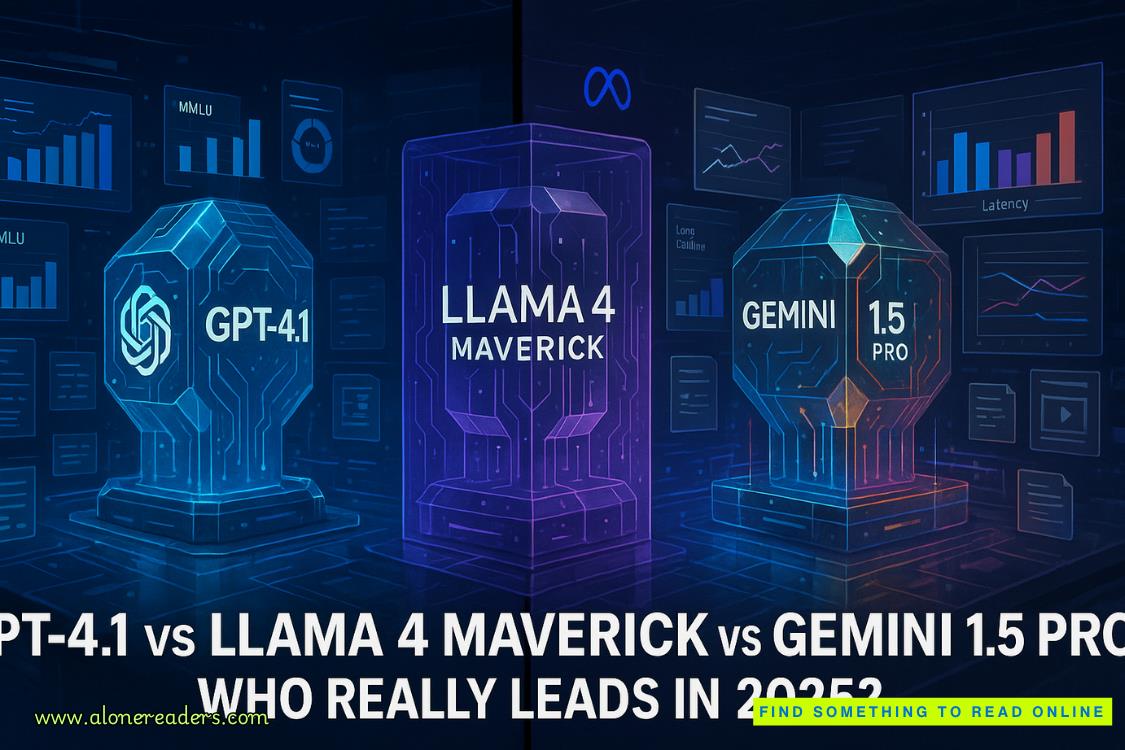Page 7 of Triple Cross
“Or the grandmother of a special-needs kid?” Sampson said.
Those questions spun in my mind as I tried to suppress my anger and see the crime scene on its own and in relation to the others.
“A careful, sick, unfeeling bastard,” I replied. “I think he did it bottom to top—mom and dad first, grandma second, the four kids last.”
“Makes sense,” Mahoney said. “Biggest threats first.”
I nodded. “And he polices his brass as he goes.”
Sampson said, “The more I think about the lack of DNA evidence in the other cases and probably here, the more I figure he’s got to be dressed like us.”
“You mean in PPE?” I said.
“It’s the only explanation I can come up with,” he said. “I mean, we’re seeing no signs of recent cleaning up here.”
Mahoney said, “The maid says Mrs. Carpenter was a neat freak, so we might not know if he cleaned anything.”
“PPE, I’m telling you,” Sampson said. “Gloves plus gown plus hairnet plus mask plus eye protection equals no DNA.”
“I think we should operate on that assumption until proven otherwise,” I said. “And I need to get out of this gear for a bit. I’m getting claustrophobic.”
“Let’s take a break,” Mahoney said. “Get forensics in here.”
We left by the back door and stood by the pool stripping off our protective equipment, feeling renewed outrage at these deaths and a little defeated by the lack of evidence around them.
“However he’s dressed, he’s a pro,” I said. “Gotta be.”
“Hundred percent trained assassin,” Mahoney said, nodding.
“I agree,” Sampson said. “If he were an ordinary sicko, he might have done it in a different way each time and then hung around to play a little. This guy is on a mission, in and out. Absolutely ruthless. I mean, again, who shoots a special-needs kid?”
“Someone who’s getting his own needs met,” Ned said as he waved to a crew of FBI techs waiting to enter the house.
I said, “Sure, but what needs? What does he get out of this? He’s certainly not doing it for jollies.”
Sampson shrugged. “Money? Power? Revenge?”
“Maybe,” I said. “But there were no connections whatsoever between the Hodges family and the Landau family, and I doubt the Carpenter family will break that pattern. What links them? How does he choose his victims? What’s his motivation? We’re no closer to knowing that than we were a year ago when these killings started.”
“Then we need to work harder,” Sampson said, looking down the driveway at a growing crowd of neighbors across the street. “Go back to basics. Pound some shoe leather until something gives.”
“I’m with you,” I said. “Let’s go.”
Mahoney said, “I’m staying put. Let me know what the locals say.”
We walked down the driveway and across the street to the police tape, behind which about twenty people were gathered. The media was being kept off to the left.
Sampson and I knew several of the reporters, and they began shouting at us. But we ignored them, split up, and tried to talk to the neighbors, who were upset and firing more questions at us than we were at them.
When we informed them that the entire Carpenter family was gone, several of the women broke down sobbing. Carrie Baldwin, who lived up the street and claimed she and Sue Carpenter had been BFFs, almost fainted in her husband’s arms when we confirmed that Alan had also been murdered in cold blood.
“Our son’s going to be devastated,” Carrie said when she’d calmed down enough to talk. “Stuart has special needs too. They … they were the best of pals.”
“Any reason someone would target the family for murder like this?” I asked.
“Sue was a saint,” Carrie said, genuinely bewildered. “When my Stuart was born, she was the first one who reached out. She was always like that, looking out for others. People loved that family, all of them.”
Baldwin’s husband, Max, tilted his head and said, “Well, for the most part.”















